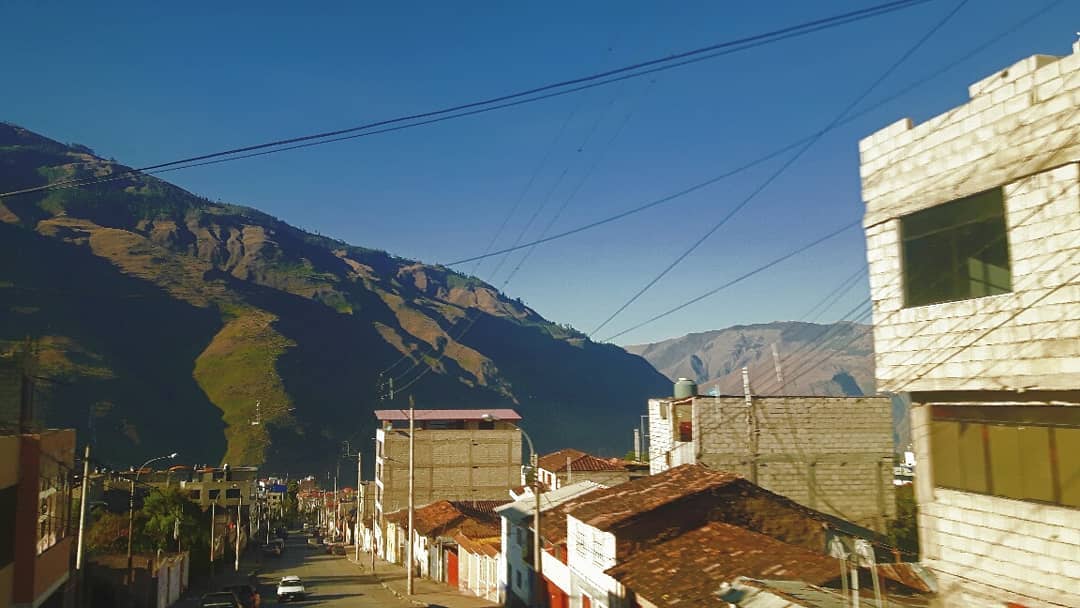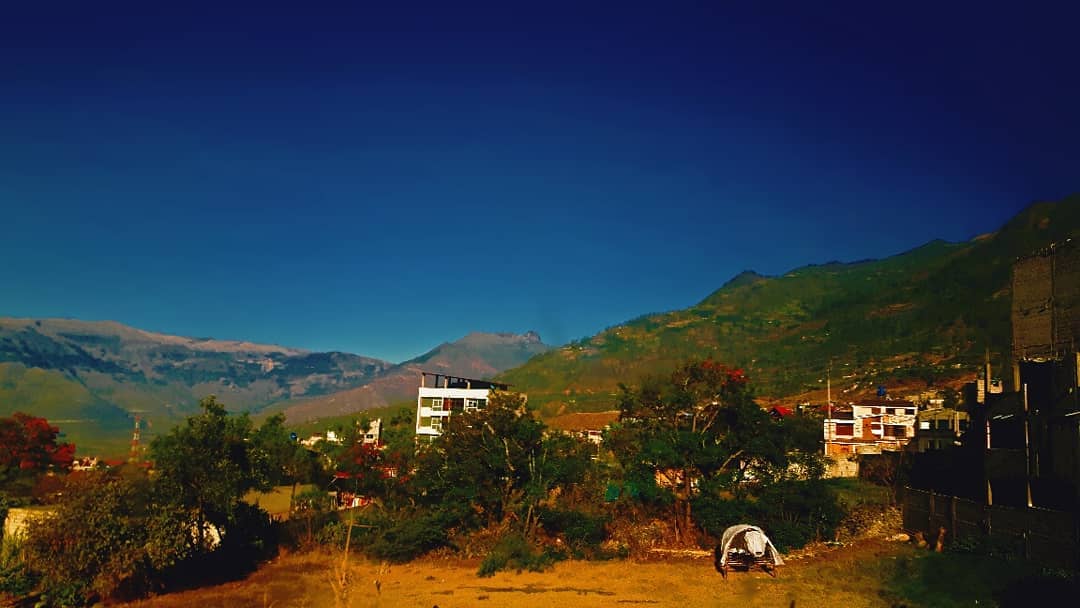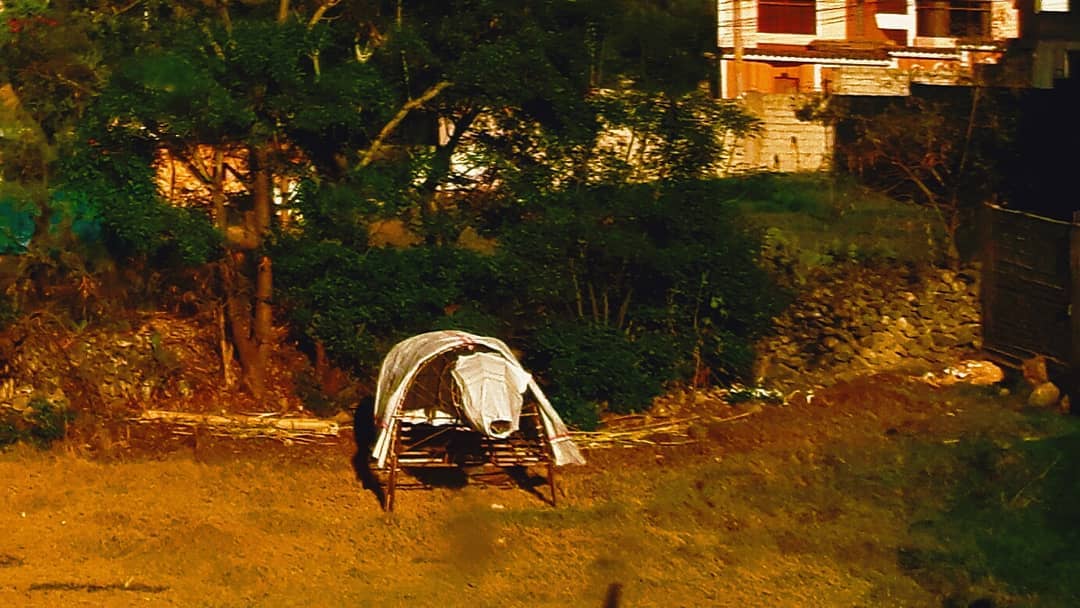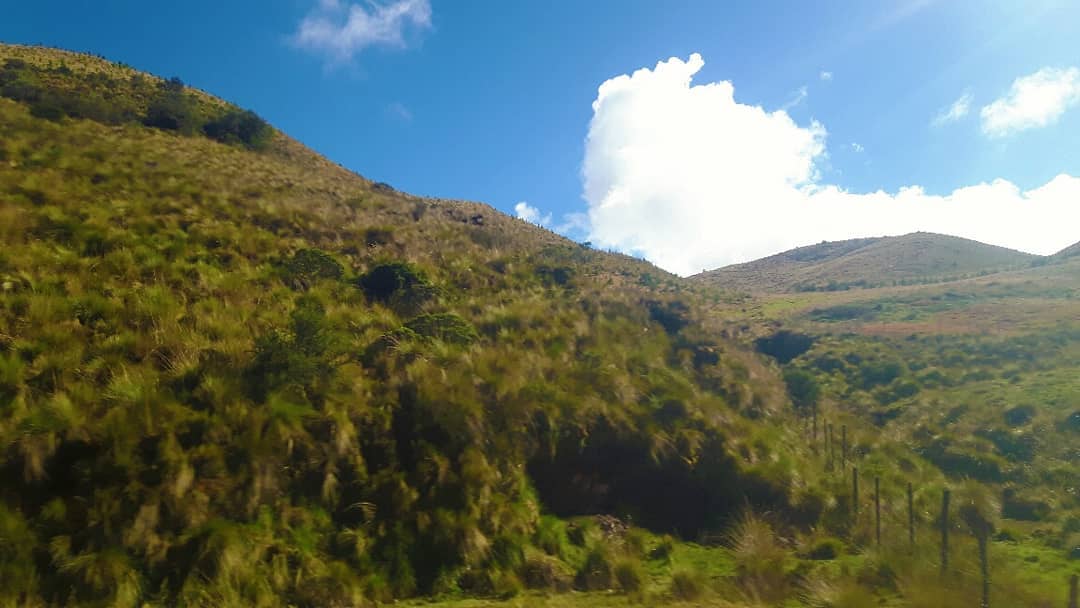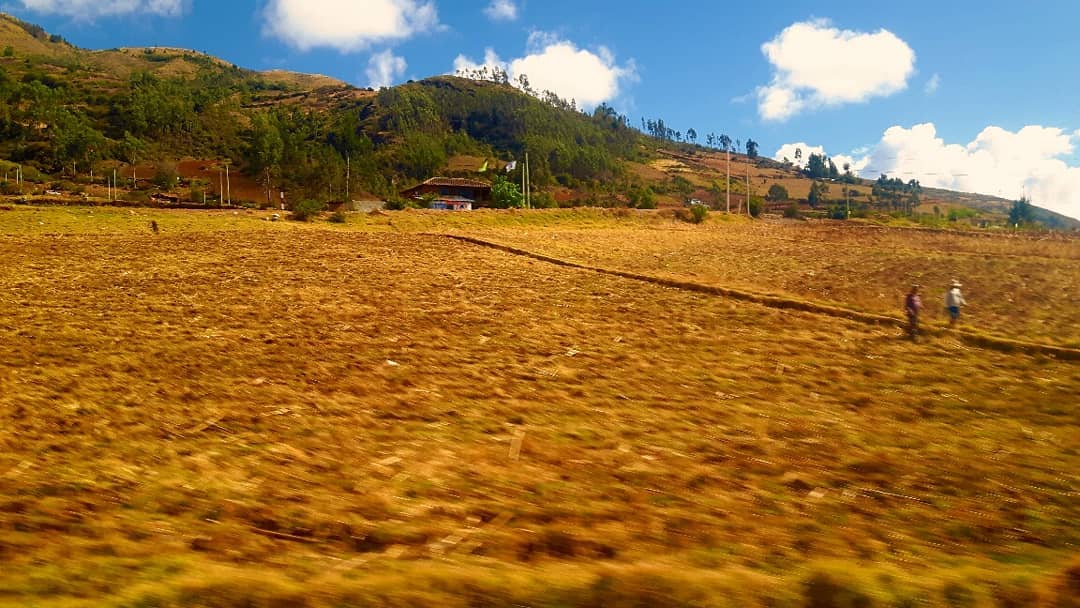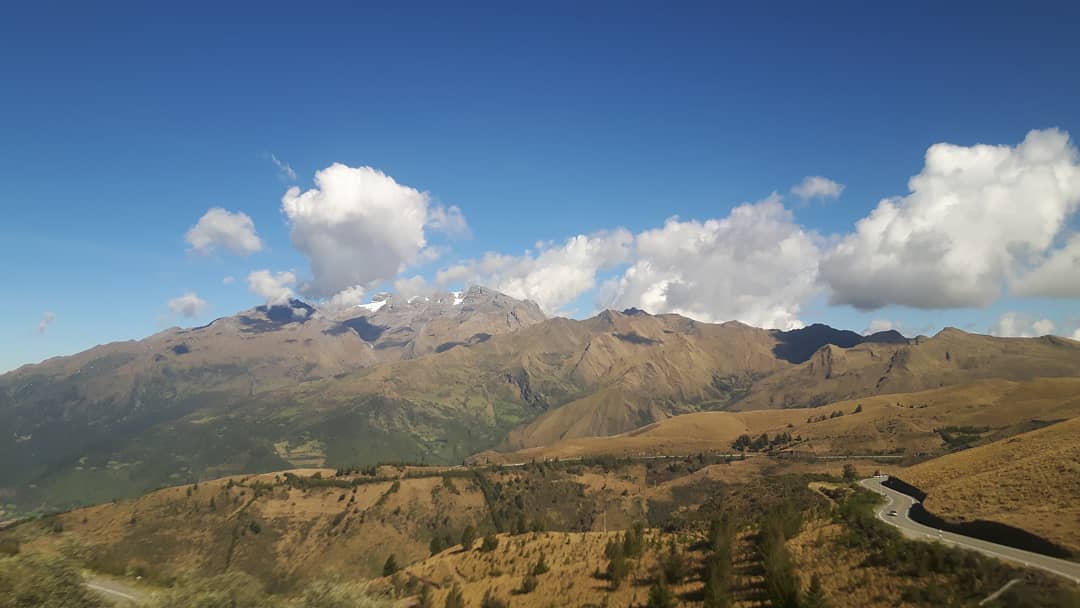Description:
The Apurímac region in Peru, nestled in the majestic Andes and traversed by deep canyons and lush valleys, is a true gem of biocultural diversity. From the snow-capped peaks of the Andes to the dense cloud forests and fertile river valleys, this region offers a wide range of ecosystems and habitats. The flora includes a variety of plant species, including typical Andean plants like quinoa, coca, and agaves, as well as a plethora of medicinal plants used by local communities for centuries. The fauna is equally impressive, with endemic species such as the spectacled bear and the Andean condor, as well as a wealth of bird species and small mammals inhabiting the region's diverse habitats. The indigenous communities living in the Apurímac region have a close relationship with nature and preserve traditional knowledge about the use and protection of the environment. Despite challenges from mining, land use, and climate change, protecting and preserving this biocultural diversity remains crucial for the future of the Apurímac region and the well-being of its inhabitants.



